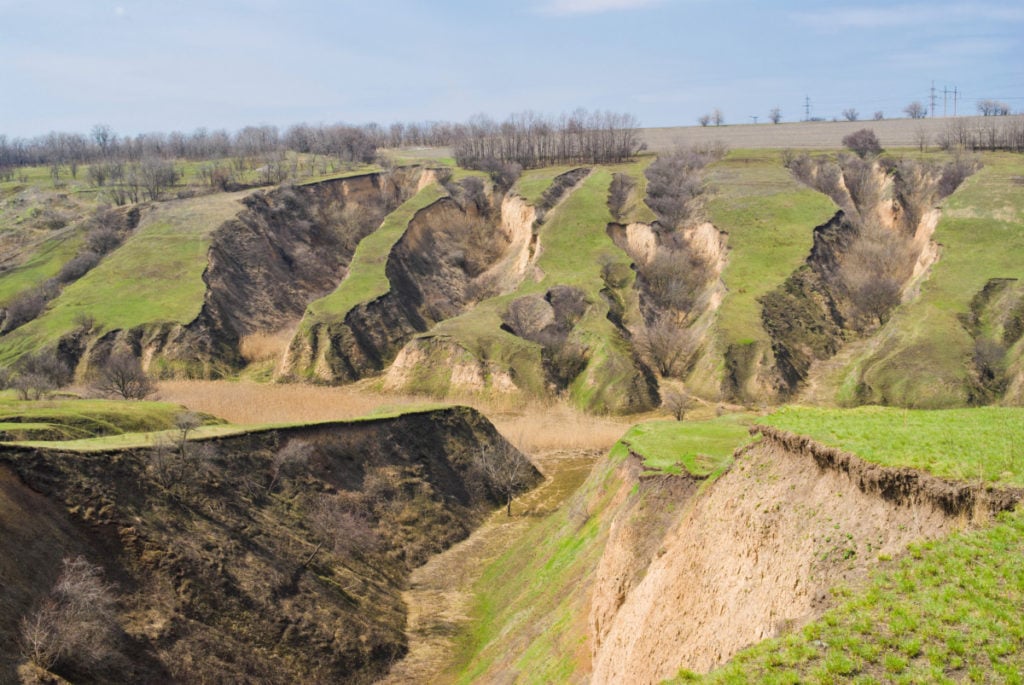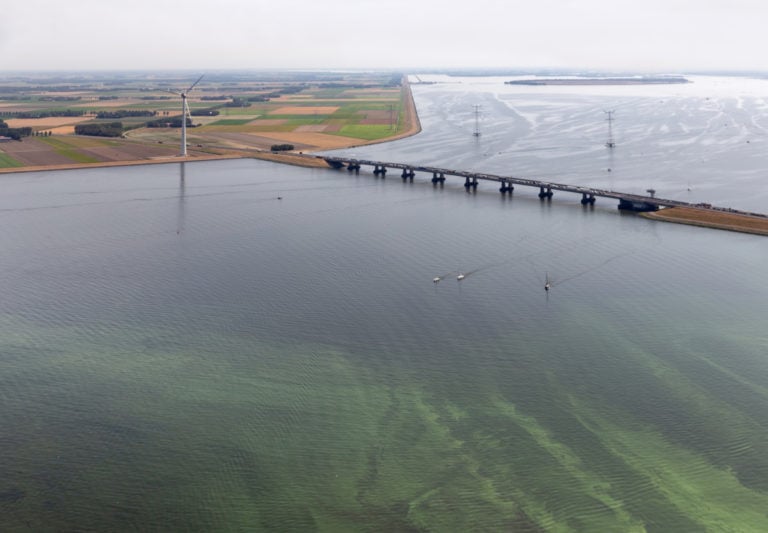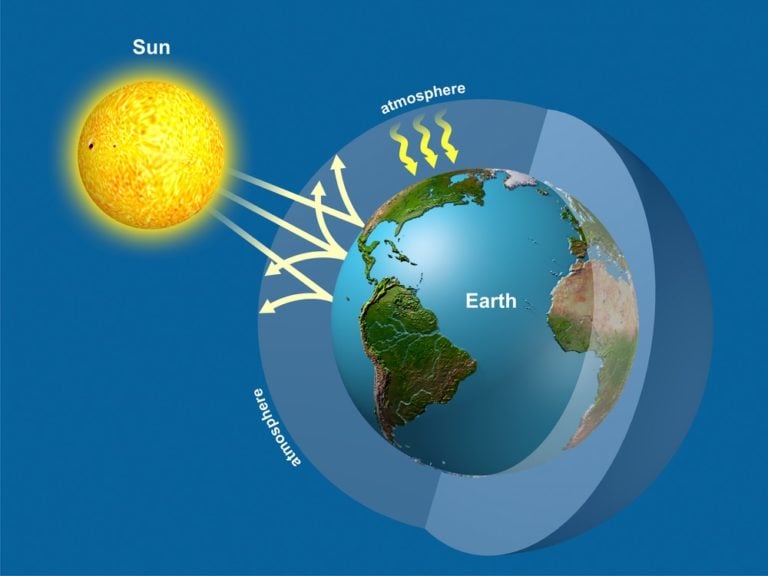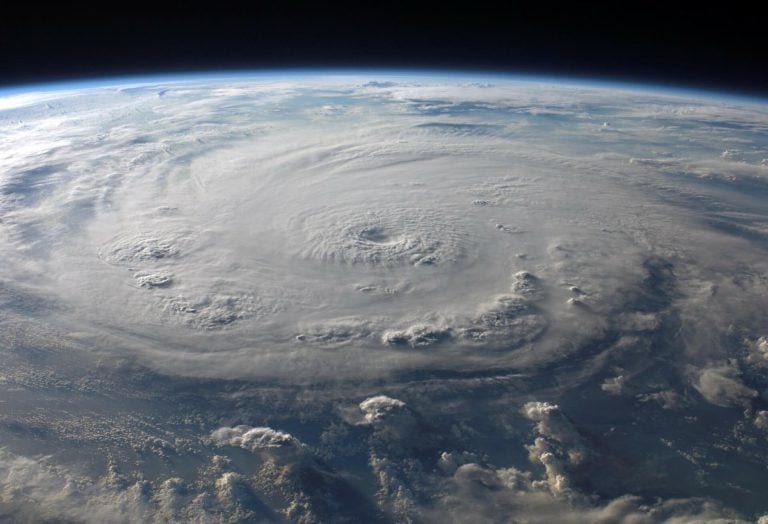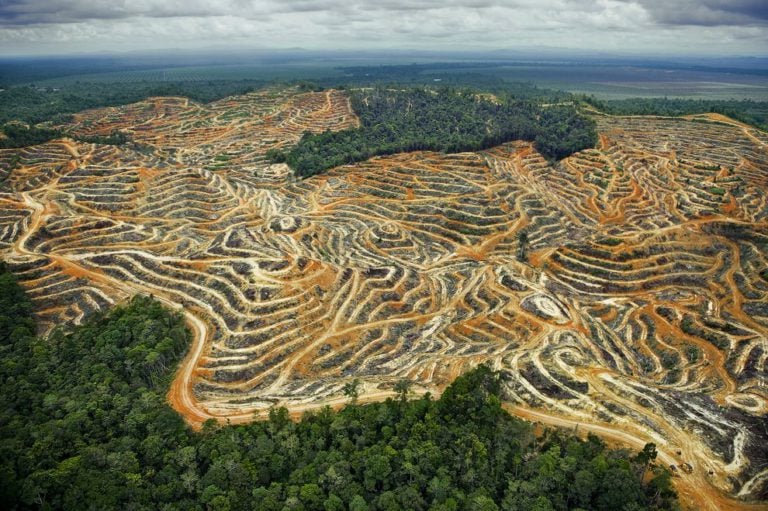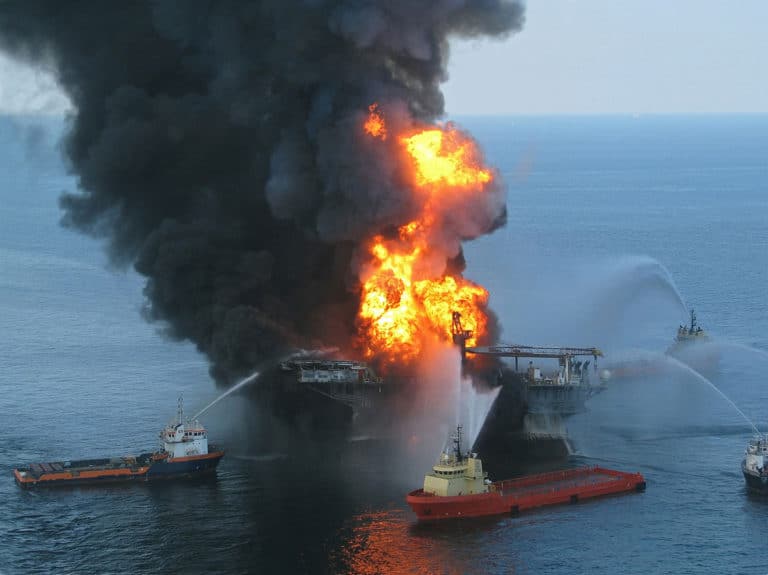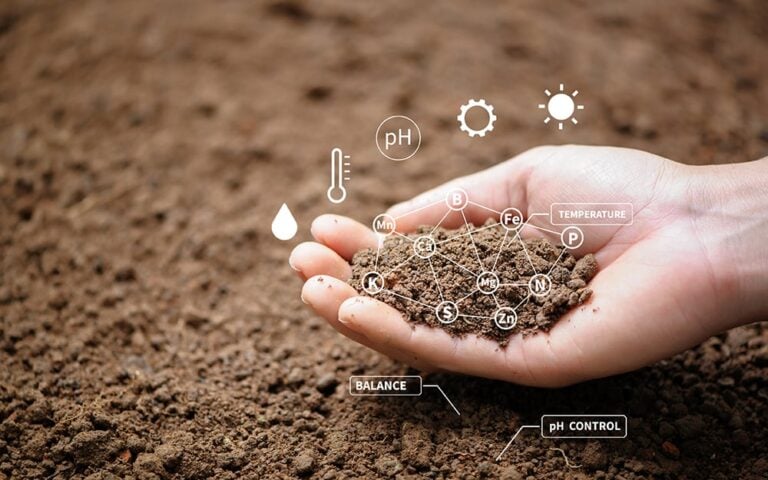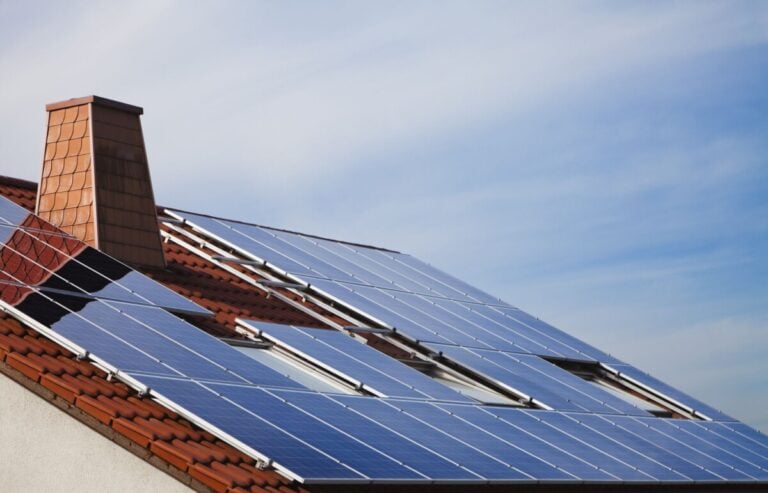The definition of soil erosion refers to the destruction of the surface layer of the earth due to the effects of precipitation and wind.
According to calculations, over the past two centuries, erosion has destroyed almost 2 billion hectares of arable land. For comparison, now agricultural land is cultivated on an area of 1.5 billion hectares.
What is soil erosion
According to the reasons for the appearance, a distinction is made between natural (natural) and anthropogenic erosion caused by the consequences of human industrial activity.
Types of soil erosion depending on the occurrence factor: wind erosion and water erosion.
Water erosion is divided into types:
- Drip erosion;
- Plane erosion;
- Linear erosion (can be deep and lateral);
- Man-made erosion.
Distinguish erosion and in accordance with the speed of ongoing processes. In this case, she admits:
- normal or geological (natural),
- accelerated, destructive (anthropogenic). But anthropogenic erosion is not always accelerated.
The first option is present in areas where there is natural vegetation cover. Under such conditions, the soil can recover, since the process of soil formation in natural conditions does not stop.

The second option develops when the natural vegetation is removed. This happens when agricultural land is misused. This process is observed in areas where there is a dissected relief. Usually – in the steppe or forest-steppe, and with neglect of anti-erosion measures.
The most dangerous type of water erosion of soils is recognized as ravine. The process is developing quite quickly. Streams of water first wash a small ravine, which can become simply gigantic in two or three seasons. However, it happens that a large ravine is formed during just one spring.
Harm from wind erosion
Wind erosion can cause irreparable harm, both in a long time and in just a few hours. Dust (black) storms quickly sweep away the top layer of soil, sometimes carrying it away for many hundreds of kilometers. Sometimes such dust, settling, falls asleep entire reservoirs.
We can give an example from the 50s of the last century. Then, during the development of virgin lands in the steppes of Kazakhstan and the western part of the Altai Territory, dump plowing of the land was used. After sowing, a drought began, and then a strong wind came to the territory from the West. He carried away a significant part of the fertile layer. The dust of the Kazakh and Altai steppes settled even in the Krasnoyarsk Territory.
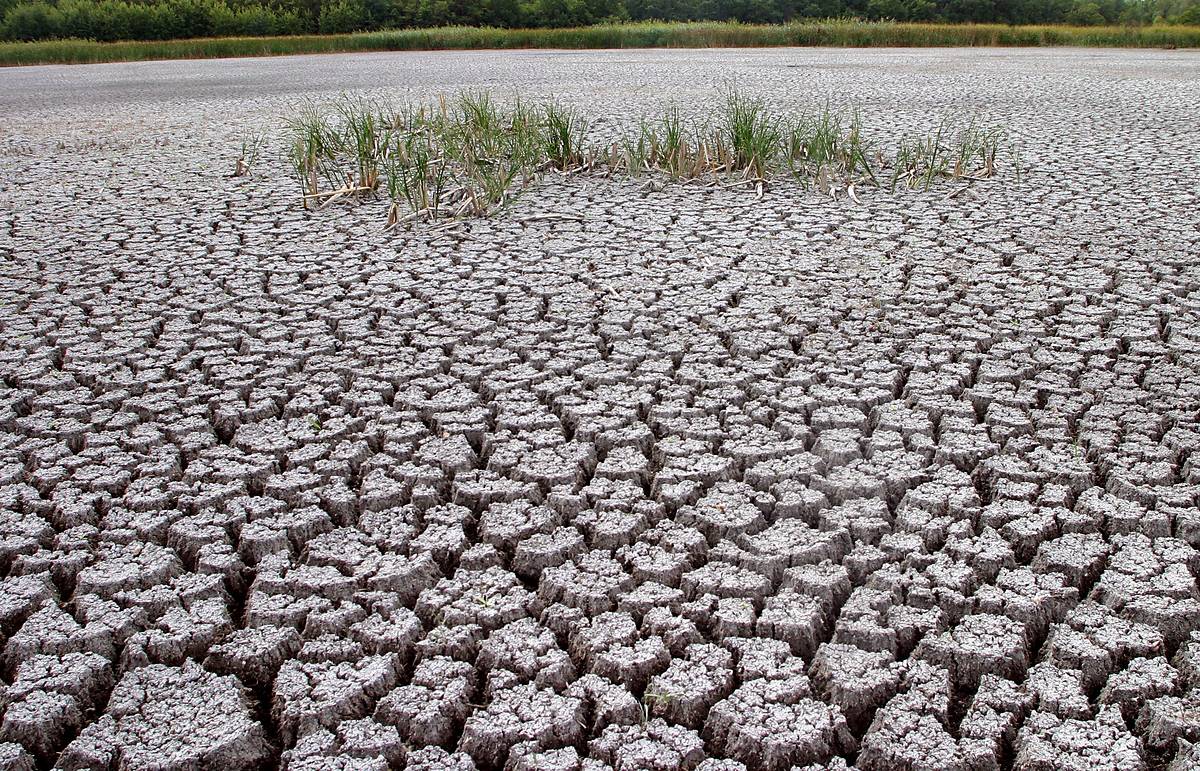
In the forest-steppe, and sometimes in the steppe, water and wind erosion (joint) sometimes appear simultaneously. In this case, the sequence is as follows. In spring, water flows wash away the soil. Then it dries up. The next stage – the dried soil turns into dust. Most often this happens when the soil is cultivated repeatedly. Then there is blowing and transfer of the soil turned into dust to other territories.
In the case when heavy rains begin in summer, the soil turned into dust is washed away by small and large streams. If the rains continue, the soil is washed away to a much greater extent and eroded. That is, the process of formation of ravines begins.
Distribution areas
In Russia, wind erosion manifests itself within certain limits. In the north – this is an irregularly shaped line from Voronezh in the direction to the East. The border goes through Samara, Chelyabinsk, Petrozavodsk, Omsk. Further – to Novosibirsk and then to Eastern Siberia, through Khakassia, Buryatia, Tuva, Chita region. Because of this, on agricultural land located to the south, measures are taken to protect against wind erosion. High risks for wind erosion are present in the Volga region, the North Caucasus, the Urals, and Siberia. The area at risk is more than 45 million hectares, including 38.7 million hectares of arable land.
As follows from the land balance data, 36.5 million hectares of agricultural land in Russia are subject to water erosion. Of these, 24.7 million hectares are arable land. This erosion is caused by melt and storm water. Most often this happens in the forest-steppe. The territories in the Central Black Earth zone, in the Volga region, in the Central region, in the North Caucasus are most susceptible to water erosion. The volume of melt water in these regions ranges from 80 to 100 millimeters.
To a large extent affected by land erosion in countries such as Canada, China, India, Australia, most African, European and Asian states. For example, in just three centuries the Sahara desert has moved 400 kilometers to the South.
In the United States, by the second half of the 1950s, erosion had destroyed almost 40 million hectares of arable land. To date, almost 115 million hectares of arable land have been destroyed or seriously damaged. Another 313 million hectares are damaged by erosion.
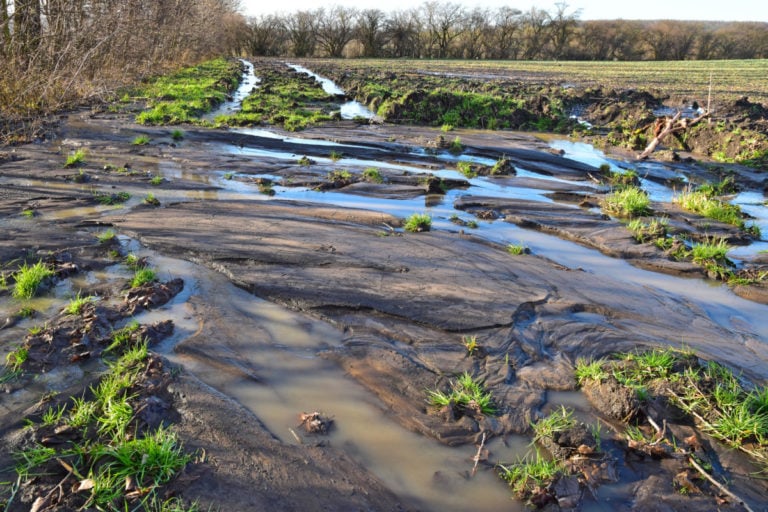
In Russia, erosion began to spread intensively at the end of the 19th century. The destruction of forest vegetation, the development of new lands with the use of moldboard plowing, the destruction of grassy vegetation, and also the low level of agricultural technologies ensured the rapid development of erosion. The Central Black Earth zone suffered the most.
According to 1946 data, 41.2% of the land in this territory was arable land, 20% was occupied by forests, and 23.2% was uncultivated land (virgin lands).
In just a year, the share of arable land increased to 69%. According to the data of 1914, this figure was 80%. By this time, the area of forests had decreased to 6-7%. Today, the area of arable land and this territory exceeds 90%.
As follows from the data of the State Committee for Land Resources, there are 210 million hectares of agricultural land in Russia. More than 117 million hectares are subject to water and wind erosion.
Consequences
Due to erosion and the failure to take measures to prevent it, develop and spread the country’s economy, enormous damage is inflicted. Potential soil fertility decreases, chemical and agrophysical properties worsen, biological activity decreases. As a result, the yield decreases and the quality of agricultural products deteriorates. It also reduces the efficiency of chemization.
Erosion processes are present literally in every region. Due to the lack of soil protection measures, it is predicted that annual losses due to runoff could reach 7 billion tons of soil. Soil erosion leads to weathering of humus and disruption of the ecological balance, which in the future can lead to an ecological disaster. During dust storms, the loss of the humus layer reaches 10 centimeters. It should be emphasized that a centimeter of this layer is created in nature in more than 100 years.
In some areas, the washout of fertile soils is 5-15 times higher than their formation. As is known from studies, 0.6 thousand hectares of soils are formed during the year. As for flushing, it reaches 7 thousand hectares. Moreover, sometimes the latter figure reaches 50 thousand hectares.
Measures to protect soil from erosion
Currently, various technologies and ways of solving the problem are used to protect soil from erosion. The main ones are such as crop rotations (alternation of crops and fallows in time and on the territory or only in time), which provide soil protection, the creation of meadows on largely washed-out slopes.
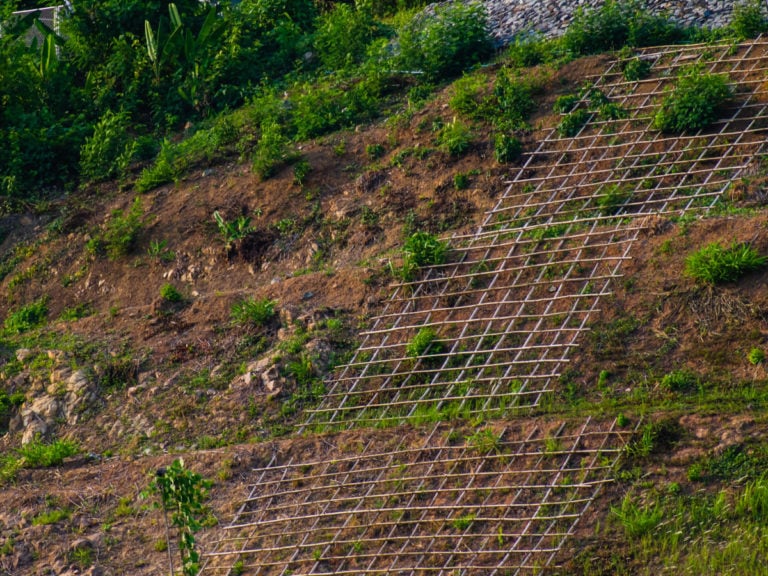
The protection of soils from wind erosion is facilitated by such a method as forest reclamation.
The proper effect is provided by irrigation and drainage facilities. Work in winter conditions also brings a positive result. This is the rolling of snow in strips, its blackening, the use of shields that provide snow retention.
Land protection from wind erosion is promoted by planting according to certain schemes. When protecting against wind erosion, crop rotations with short rotations provide significant results. Such erosion is prevented by perennial grasses sown in strips. The effect is also ensured when clean fallows alternate with row crops.
Perhaps it can be said that the greatest effect in the struggle for the conservation of land is achieved with flat-cut tillage, stubble sowing, the use of rocker sowing, regular irrigation and forest reclamation.
In the presence of erosion, all the above methods are used together. But they are necessarily added to such as processing slopes with flat cutters in the direction across the slopes. The hole method is also performed. Most often after perennial grasses or corn were grown on the site. The same is also used after a fall, plowing of slopes or fallows (a fallow is a plowed field left for one summer without sowing cultivated plants).
Of course, a good effect is provided by hydraulic structures. An even more effective method of protection is the installation of agro-hydroreclamation soil-protective complexes.
Unfortunately, since soil erosion protection brings additional costs, not every agricultural enterprise is currently able to do the work to reduce or slow down erosion processes. However, it happens that large enterprises that have the opportunity to do this, try to save on soil protection from erosion, performing only a minimum of protective measures.
